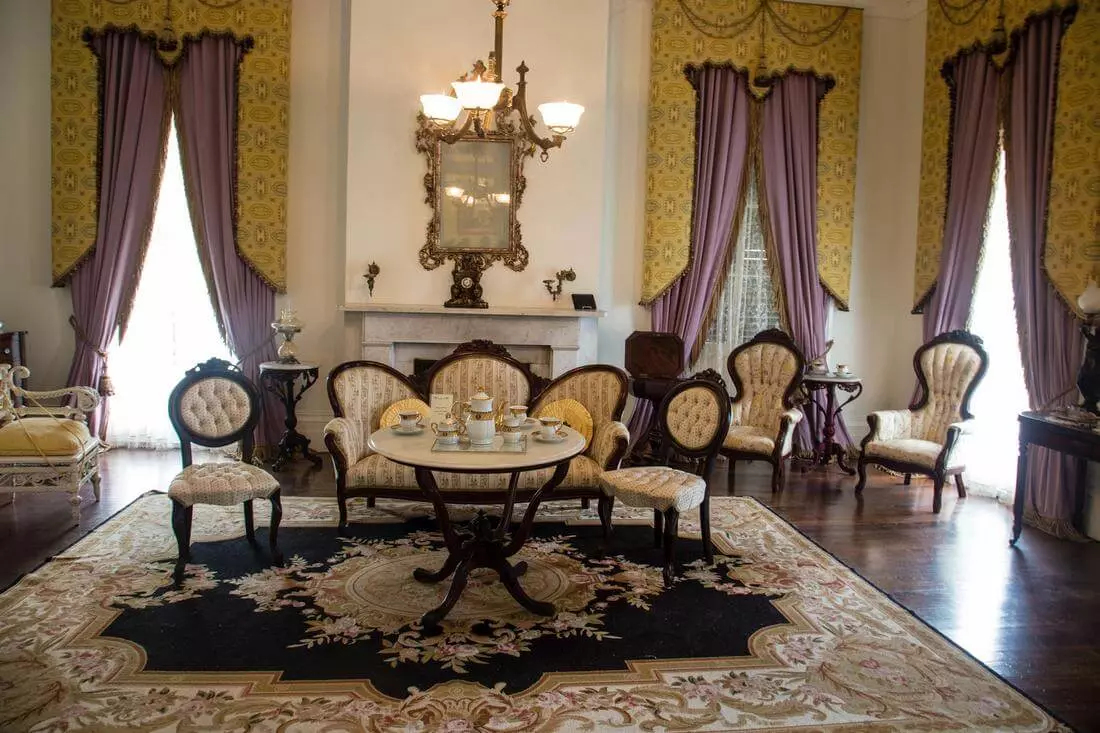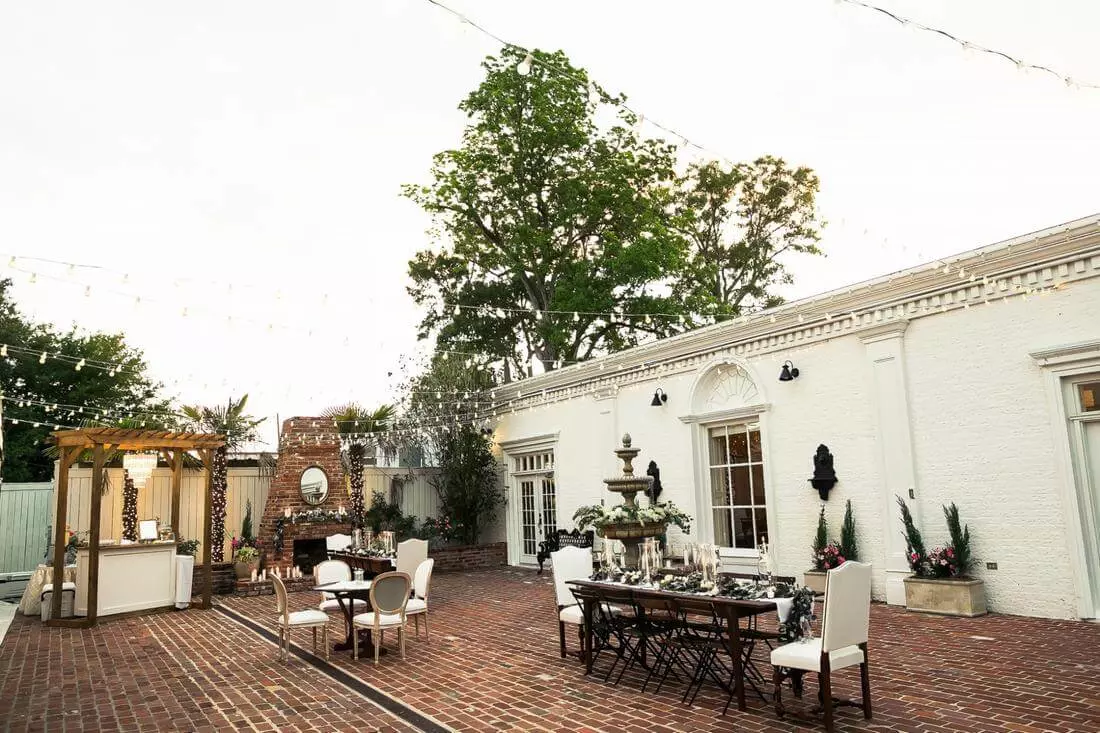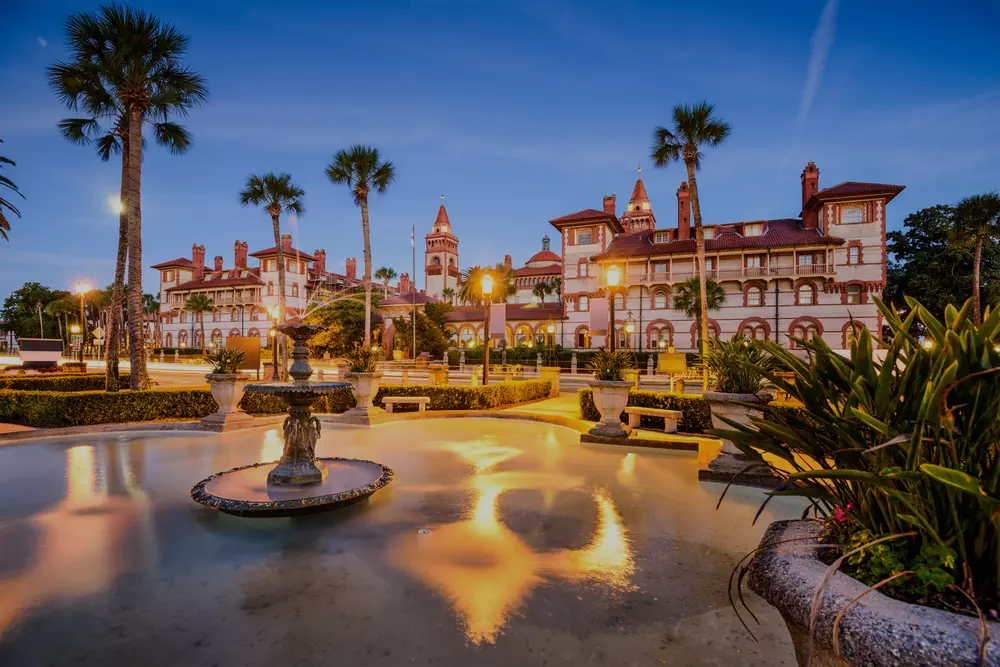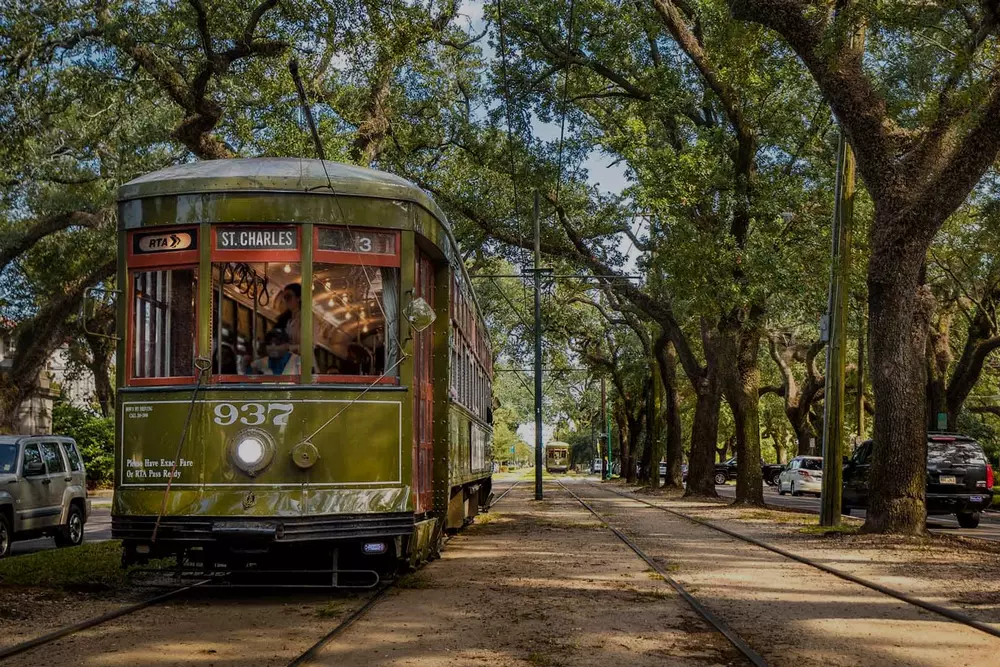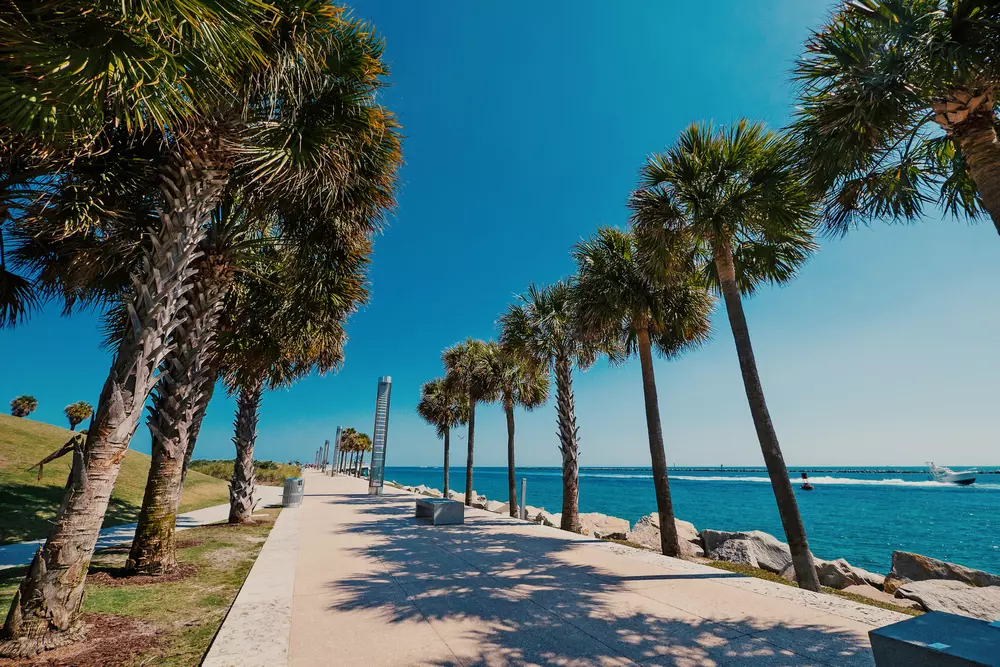In the very heart of Louisiana, where rivers flow gently and times of the past still linger in the air, lies the Nottoway Plantation — one of the most majestic and historically significant sites in the Southern United States. It's not merely a plantation; it is a monument to American history, architecture, and culture, embodying the spirit of the antebellum era — a period before the Civil War when the South flourished yet stood on the brink of immense social changes.
We invite you on a journey back in time with American Butler to explore the Nottoway Plantation and discover the rich heritage of Louisiana.
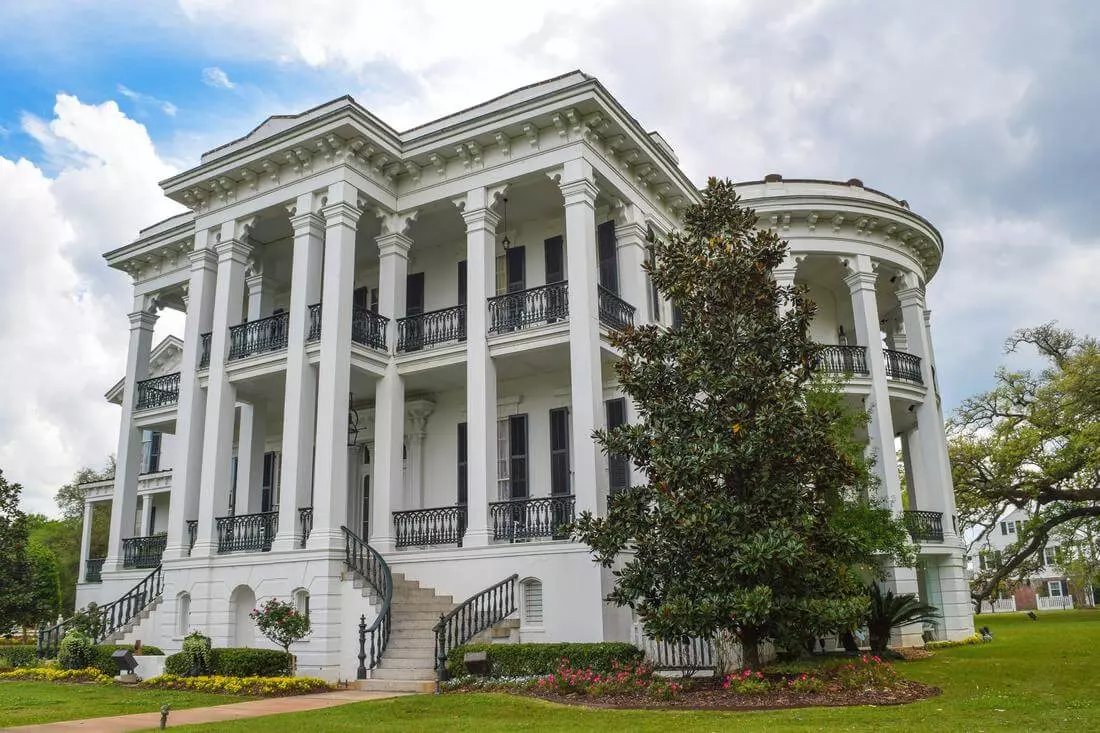
A Brief History of the Plantation's Construction
The Nottoway Plantation, an estate showcasing Greek and Italian styles, was constructed by John Randolph in 1859. John Randolph, born in Virginia in 1813, moved with his family to Mississippi at the age of seven, following the appointment of his father, Peter Randolph Jr., as a federal judge. Randolph devoted much of his efforts to a cotton plantation. Believing that sugar production would be more profitable, he purchased 6.7 square kilometers of plantation land, planting it with sugar cane.
Over ten years, he expanded his holdings to 28 square kilometers and bought 176 slaves, making Randolph one of the largest slave owners in the South. In 1855, he acquired an additional 1.6 square kilometers of highland and 2.5 square kilometers of swamp and Mississippi River land, where he aspired to build a more prestigious home — the very "Nottoway," named after the Virginia county.
Randolph enlisted the help of Henry Howard, considered one of the finest architects of the 19th century in New Orleans. Many of the buildings, churches, and homes he designed can still be found in the city today. Cypress logs for the house were cut and dried over six years, then sawn into planks. The wood's most notable feature was not its strength, but its resistance to termites. Bricks were made by slaves, and Howard himself hired 40 carpenters, masons, and plumbers, living in a tent on the construction site.
The construction of the house was completed in 1859, along with numerous other buildings: a school, greenhouse, stables, barns, and slave quarters.
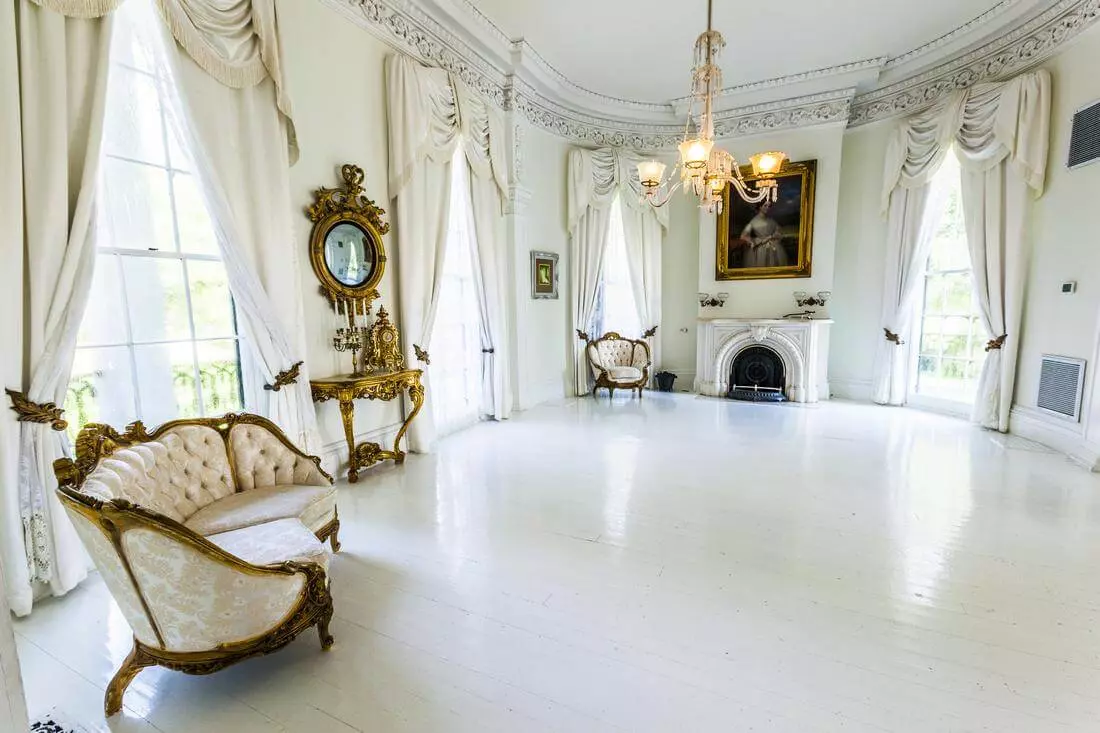
How It All Ended
The Civil War began shortly thereafter. Randolph supported the military financially and sent his sons to fight for the Confederacy. As the war drew closer to the plantation, the owner and his family fled to Texas. Ultimately, it was occupied by the Northerners, who looted the property, leaving only the vineyard intact. After the abolition of slavery, John realized that the sugar business was no longer as profitable after the war, and by 1875 the plantation was reduced to 3 square kilometers. John Randolph died in 1883, leaving the plantation to his wife, who sold it six years later.
The new owners attempted to manage the estate as a sugar plantation but were unsuccessful. They sold most of the land, retaining only the house and its immediate surroundings.
Much later, businessman and philanthropist Paul Ramsey converted the plantation into an inn. The house was listed in the National Register of Historic Places in 1980 and has become a popular tourist attraction in Louisiana.

Features of the Attraction
The owner's main wish during the construction of the house was for everything to be done conscientiously, with no expense spared on materials. The result was a three-story wooden frame house, incorporating a one-story brick base with stucco on a concrete foundation.
The main five-beam structure with a protruding portico emphasizes the height of the house. Galleries are adorned with custom-made ornamental iron railings, topped with wooden handrails. Staircases were constructed on the left (for ladies) and on the right side (for gentlemen). Separate staircases ensured that men could not see women's ankles under their skirts as they ascended.
The mansion has 64 rooms with 165 doors and 200 windows. The house enjoyed 19th-century innovations: a bathroom, flushing toilets, hot and cold water supply, gas lighting throughout the house, and a complex system for calling servants. The first floor's basement was transformed into a restaurant and a small museum about the Randolph family and the plantation's history. Initially, the space housed a laundry, dairy, wine cellar, and servant quarters.
The original landscape plan included:
- 120 fruit and citrus trees;
- 12 magnolias, poplars, and oaks;
- 75 rose bushes;
- 150 strawberry plants and numerous flower and vegetable gardens.
Today, the house sits behind a levee of the river, and the grounds include a small garden and a fountain in the courtyard in front of the south wing bedroom. Surrounding the house are modern auxiliary buildings and offices.
The owners expanded the property in 2008 by constructing a barn, banquet hall, and nine cottages modeled after the original slave quarters. To the north of the house are reconstructed stables, now converted into a ballroom, and a small cemetery where family members were reburied in 2003.
Additional information
-
Address
31025 LA-1, White Castle, LA 70788
-
Phone
+1-225-545-2730
-
Operation mode
Tours daily: 09:00 am – 04:00 pm
-
Prices
- Adults: $20
- Children 6-12 years old: $6
- Children under 5: free
-
Website
| Address | 31025 LA-1, White Castle, LA 70788 |
| Phone | +1-225-545-2730 |
| Operation mode | Tours daily: 09:00 am – 04:00 pm |
| Prices |
|
| Website |
Visiting Nottoway Plantation immerses you in a remarkable world where every stone, every tree, and every wall tells its own story. Standing on the banks of the majestic Mississippi River, surrounded by centuries-old oaks, the plantation unfolds pages of life in the southern states, filled with beauty and contrasts, joy and tragedy.
With American Butler, your journey to Nottoway Plantation becomes not just an exciting adventure but also a deep exploration of American culture and history. This trip promises to be one of the most vivid and unforgettable experiences, broadening your horizons and enriching your knowledge of the past that has shaped the present.














